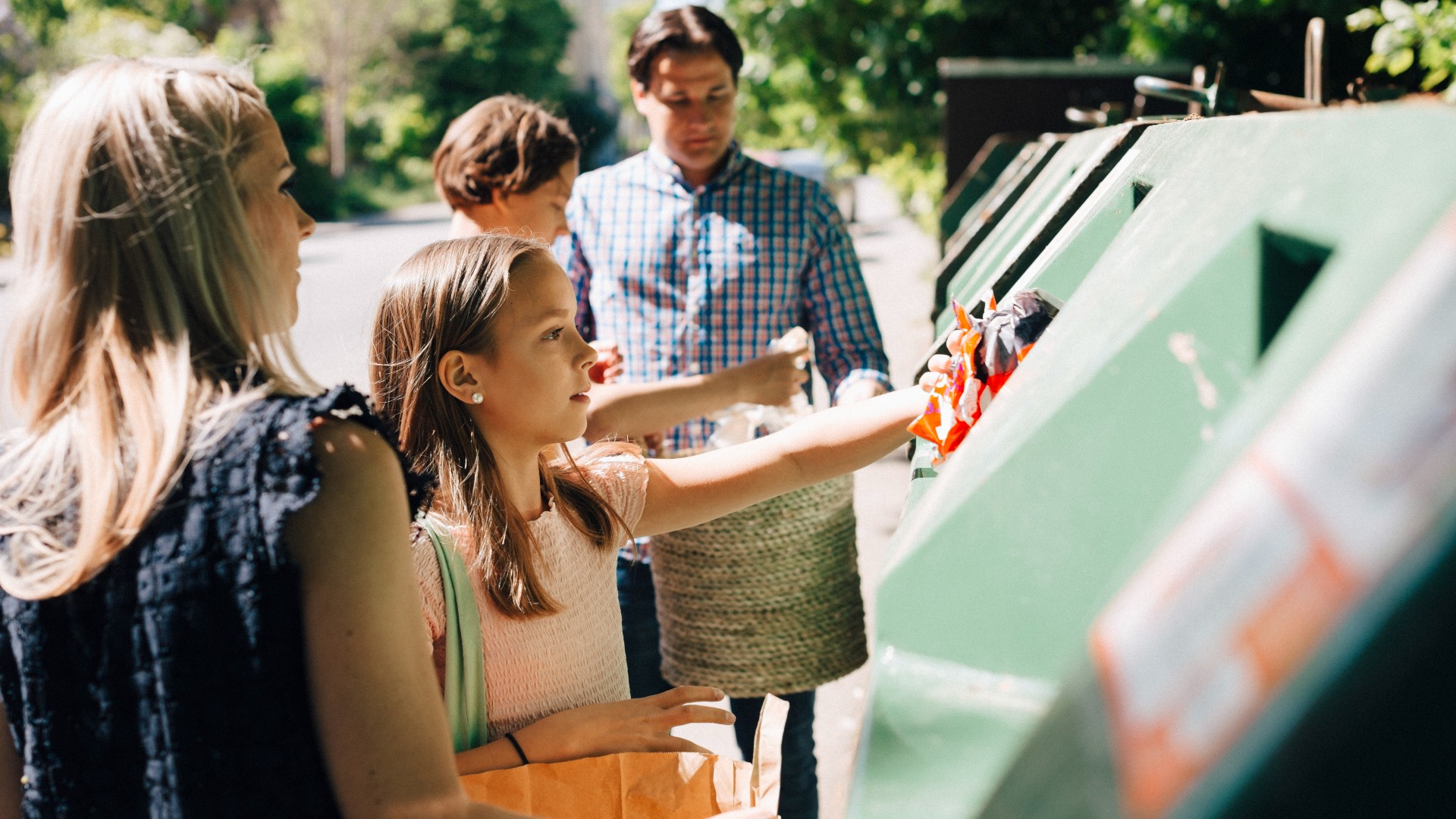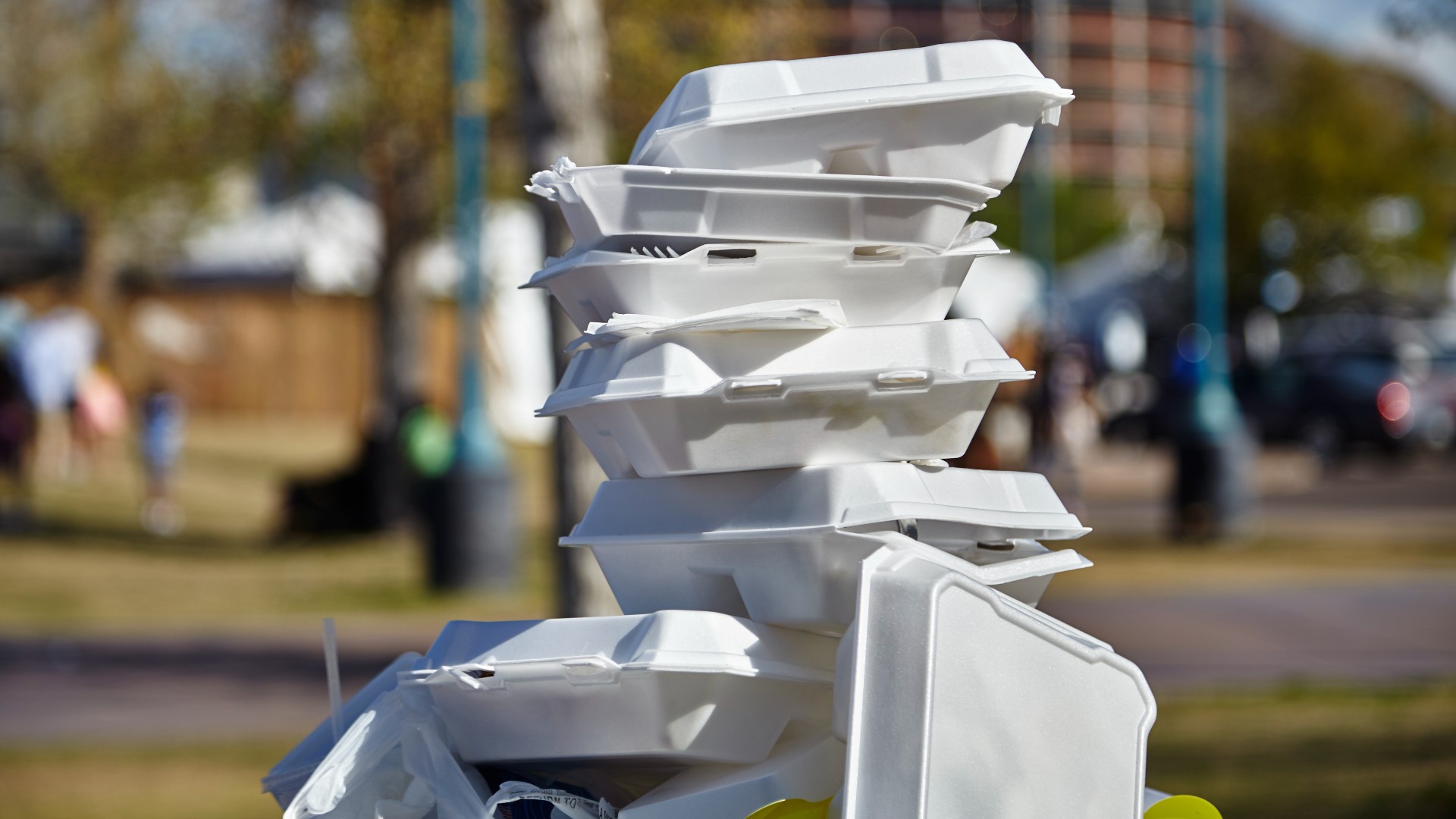
Throwing bottles in the garbage instead of the recycling can isn't great for the environment. But over-recycling can be a far more insidious problem. When we indiscriminately toss garbage into recycling bins — a practice known as aspirational recycling or "wishcycling" — the admixture may well end up redirected to the landfill or gumming up machines at processing facilities.
"Aspirational recycling, like any type of recycling contamination, is a big problem," Jordan P. Howell, a professor of sustainable business at Rowan University and author of "Garbage in the Garden State" (Rutgers University Press, 2023), told Live Science in an email. "Any type of contamination lowers the overall quality of stuff leaving the recycling facility. If the quality gets too low, then a buyer might reject a shipment of material."
In some cases, wishcycling appears to be driven by overzealous (if misplaced) environmentalism. Two field studies conducted in 2020 suggest that labeling recycling cans with pro-environmental messages may guilt passersby into recycling items that cannot be recycled.
But the most common cause is more likely to be downright confusion. Does our town still take bottles? Where do I put old phone books? Changes to the types of items a local recycling program accepts can easily snowball into misconceptions about what can be recycled and what belongs in the trash. "Folks might put something in the bin that used to be collected, but then markets and policies change and that material is no longer accepted," Howell said.
Related: How much plastic actually gets recycled?
This confusion is evident in surveys conducted by Janet Yang, a professor of communication at the University at Buffalo. Yang told Live Science in an email that more than 20% of respondents to her surveys admitted they were not sure whether plastic, metal, glass and paper belong in the home recycling. More than 30% of respondents didn't know what to do with plastic shopping bags, drinking glasses, disposable coffee cups and plastic beverage pouches. Half thought that the "100% recycled" symbol found on some products means that product is recyclable (it's not, rather this symbol means that it was made from recyclable materials); two-thirds applied the same incorrect reasoning to "eco-friendly" labels, which actually means that an item is sustainably produced and may or may not also mean that it is recyclable.
"The U.S. produces 12% of global municipal solid waste, with only 4% of the world’s population," Yang said. "We should encourage Americans to recycle better and recycle more."
Aspirational recycling is rampant — with one report estimating that the recycling contamination rate (where the wrong items are put in the recycling can) in the U.S. is 17% by weight. Such high levels of contamination pose a significant threat to sustainability overall, while also increasing costs.

"Materials that cannot be recycled can jam up processing machines at recycling processing facilities which may cause enormous delays," Yang said. "This means more economic burden due to damaged sorting systems and a need for more labor to fix them. It also causes more harm than good to the environment since sometimes a whole batch may need to be thrown out, due to contaminants."
And the stakes have only risen since 2018, when China — the largest importer of recyclables from the U.S. — implemented a policy cracking down on contaminants and imposing strict limits. One University at Buffalo study from 2022 estimated the amount of plastic in landfills has increased by 23% since China began turning away the U.S.'s tainted recycling shipments.
Aspirational recycling breaks so many crucial cogs in the sustainability machine that local authorities sometimes come up with creative solutions to tackle it. Alachua County, Florida occasionally leaves notes in residential recycling cans with high rates of contamination, and an initiative in Manchester, England, rewarded cans with low contamination rates with tags that were redeemable for rewards that could be donated to any local school.
In towns without a carrot or stick initiative, one approach may be to focus on the items that are most recyclable. "Recycling is a benefit when material is collected and successfully reused, and this happens a lot with aluminum, other metals, and cardboard," Howell said. "But a lot of plastic actually isn’t that useful even when it’s collected properly. The market just isn’t there."
But the best way to fight back against recycling contamination is to remove the need for significant recycling in the first place. "Consider reducing — saying no to plastic cutlery when ordering take-out — or reusing — getting your own coffee cup or using your reusable grocery bag," Yang said. "Make recycling your last resort."







